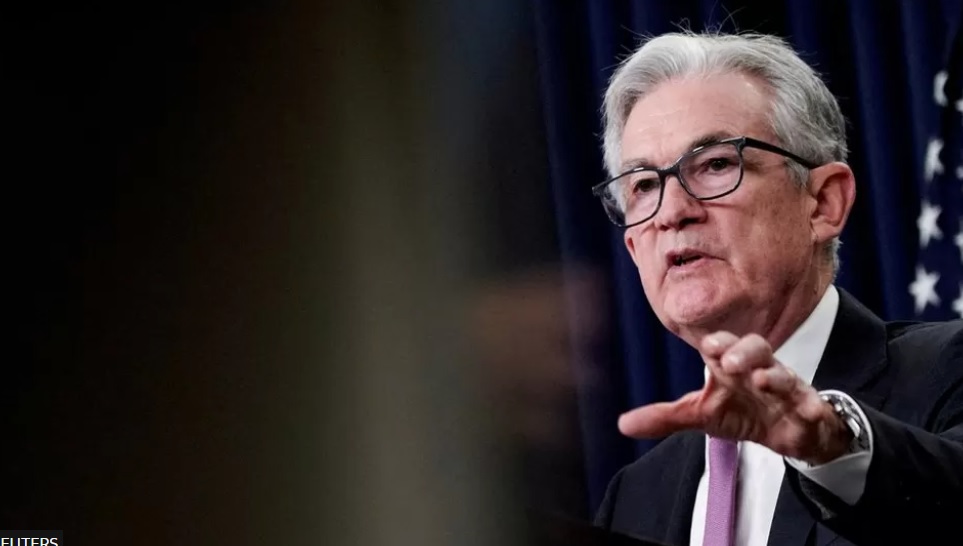 The US central bank has pushed interest rates to the highest level in almost 15 years as it fights to rein in soaring prices in the world’s largest economy.
The US central bank has pushed interest rates to the highest level in almost 15 years as it fights to rein in soaring prices in the world’s largest economy.
The Federal Reserve announced it was raising its key rate by another 0.75 percentage points, lifting the target range to 3% to 3.25%.
Borrowing costs are expected to climb more – and remain high, the bank said.
The move comes despite mounting concern that the cost of controlling inflation could be a harsh economic downturn.
Federal Reserve chairman Jerome Powell said the rate rises were necessary to slow demand, easing the pressures putting up prices and avoiding long-term damage to the economy. But he conceded that they will take a toll.
“We have got to get inflation behind us,” he said. “I wish there were a painless way to do that. There isn’t.”
Banks in nearly every country – with the big exceptions of Japan and China – are facing similar trade-offs as they raise rates to combat their own inflation problems.
The Bank of England is widely expected to announce its seventh consecutive rate rise at its meeting on Thursday, while Indonesia and the Philippines are among the other countries also poised for increases.
Analysts are starting to worry that the global sweep of the rate hikes, which ripple out to the public in the form of more expensive mortgages, loans and credit card debt, could lead to greater economic slowdown than policymakers expect.
Even if it avoids the two quarters of contraction that typically define a recession, the 2023 world economy is expected to be at its weakest in more than a decade, excepting the 2020 pandemic year, said Ben May, director of global macro research at Oxford Economics.
“What has become clear is that if given the choice between allowing inflation to remain high for a sustained period …. or pushing the economy into a recession, [central bank leaders] would rather push the economy into recession and get inflation back towards target,” he said.
In the US, the Fed is raising rates at one of the fastest paces in its modern history, a sharp reversal after years of low borrowing costs, responding to inflation that is running at a 40-year high.
The Fed initially hoped that the problems would fade as supply chain issues tied to the coronavirus pandemic abated. But the war in Ukraine, which disrupted oil and food supplies, added to the problem.
And while oil prices have since come down, inflation pressures are now bubbling across the economy, with the most recent data showing inflation at 8.3% in August, with big increases in housing, health care and education costs.
Wages, while rising, have not kept pace, hurting household budgets.
Wednesday’s rate increase – the fifth in a row – lifts the rate the Fed charges banks to borrow from near zero at the start of the year to 3% for the first time since early 2008.
Forecasts released by the Fed on Wednesday show policymakers expect it to reach 4.4% by the end of the year – and rise further in 2023, sharply higher than its prior forecasts.
“What is striking is the speed,” said Brian Coulton, chief economist at Fitch Ratings. “They’re having to move very quickly … and it means it’s more likely to be a surprise to firms and households.” (Courtesy BBC)


Post a Comment